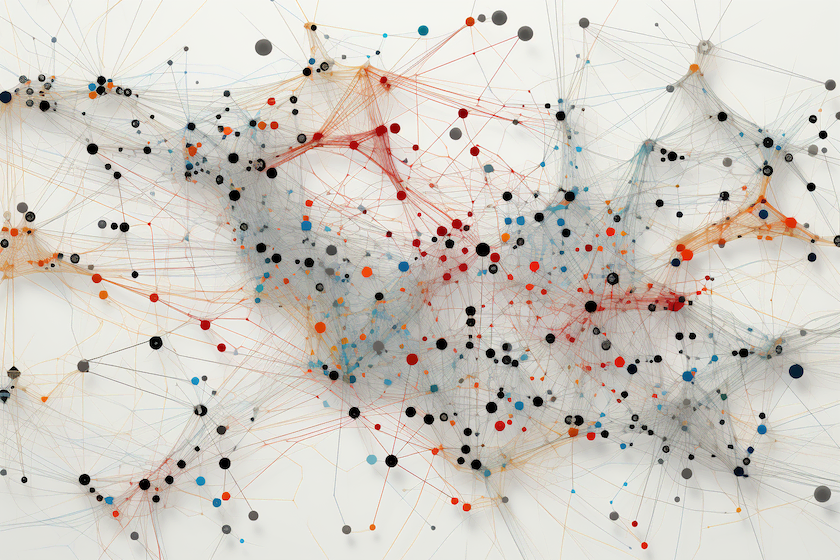Summary
This scientific article explores the use of large language models (LLMs) in robotics. LLMs are trained to understand and generate language, but they also have the ability to recognize and manipulate patterns. The article shows that LLMs can complete complex pattern sequences and extrapolate simple functions. They can be used to improve trajectories and optimize policies in robotics tasks. However, the article also acknowledges that there are limitations to using LLMs, including high inference costs and lack of predictability. This research provides insights into how language models can be applied to robotics and suggests potential applications in the future.
Key Points
1. Pre-trained large language models (LLMs) have the capability to autoregressively complete complex token sequences.
2. LLMs can retain pattern completion proficiency even when the sequences are expressed using randomly sampled tokens from the vocabulary.
3. LLMs can serve as general sequence modelers driven by in-context learning, without additional training.
4. LLMs have been successfully applied in robotics for tasks such as extrapolating sequences of numbers and discovering closed-loop policies.
5. The pattern completion capabilities of LLMs can be applied to problems in robotics, transferring patterns among words to actions.
6. LLMs exhibit various out-of-the-box capabilities, including generating chains of reasoning, solving logic problems, and completing math puzzles.
7. LLMs have been used as high-level planners for instruction following tasks, synthesizing robot policies, designing reward functions, and generalizing user preferences in robotics.
8. In-context learning is a form of training LLMs using task-specific examples that can improve performance on benchmarks and enable general pattern manipulation.
9. LLMs can serve as basic versions of general pattern machines that can recognize and complete sequences of numeric or arbitrary tokens expressing abstract problems in robotics and sequential decision-making.
Reference: https://arxiv.org/abs/2307.04721
